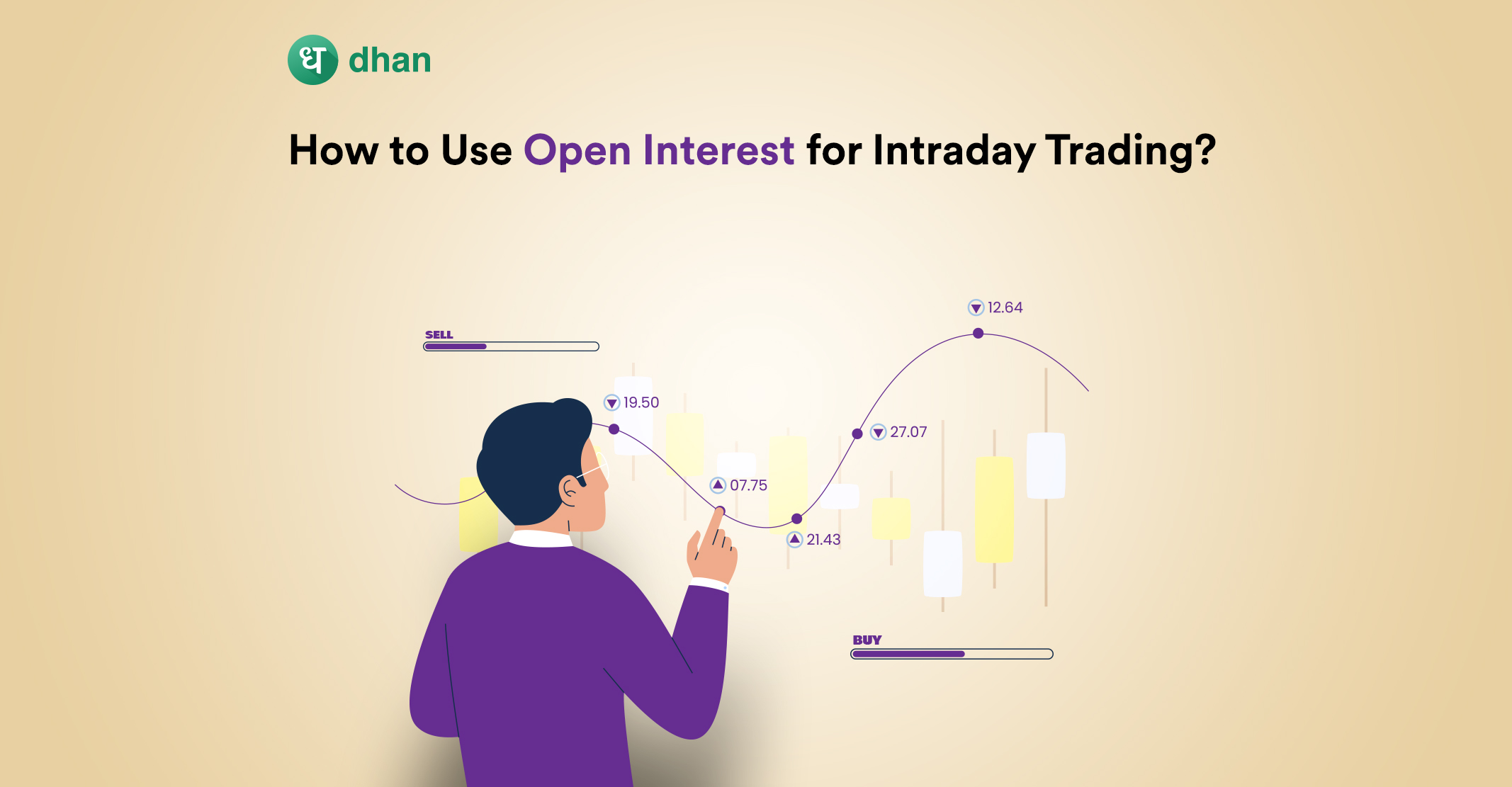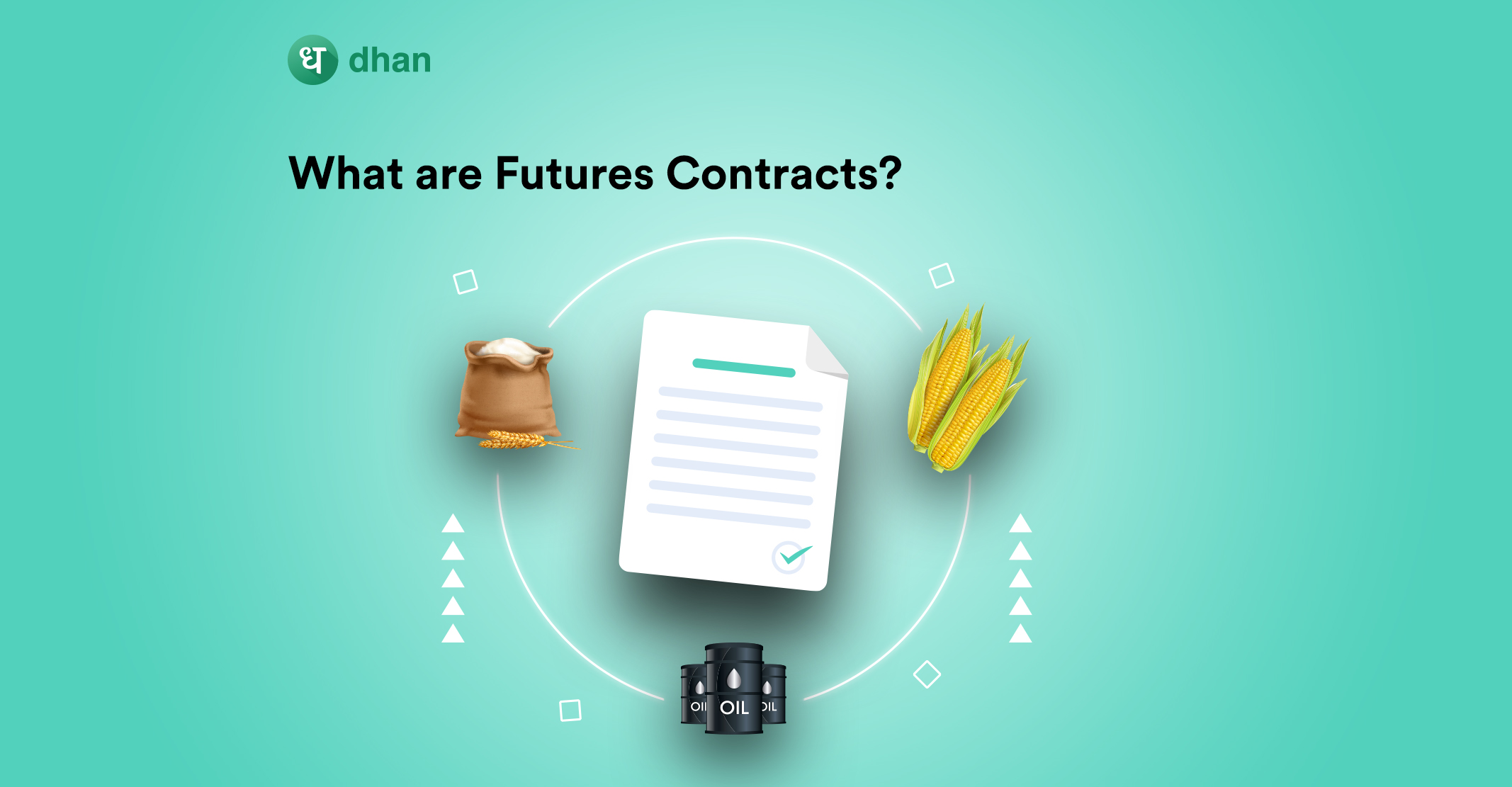Intraday trading is one of the tricky forms of online trading, especially when it comes to futures and options trading, but it is bread and butter for traders who do this for a living. Every trader has a different intraday trading strategy that suits their trading style and psychology. Some have a momentum strategy, some have a volatility squeeze strategy, some use a central pivot range and pivot points, while some trade on open interest. In this article, we will understand what is open interest, volume triggers and how to use open interest for trading Futures and Options.

What is Open Interest?
Open Interest (OI) is the number of outstanding contracts which the traders hold at the end of every trading session. It is measured to understand how active the traders are in futures and options markets. If you buy and sell a single contract on a stock or index, OI increases by one contract.
However, when an option buyer or option writer squares off his position by selling or buying a contract, there is no increase in OI. But, if there is an inflow of fresh capital, then OI increases and vice-versa. The change in OI depicts the direction of a script.
Now let’s understand volume, which plays a significant role in understanding OI.
What is Volume?
Volume is the amount of trading that happens in a particular contract and depicts the sum of contracts traded during a particular trading session.
So the question is, what differentiates Volume from OI?
✔️ Volume is the sum of contracts traded in a trading session
✔️ OI is the total of outstanding contracts at the end of the day.
🤔 How to Interpret Volume and Price Together?
- If stock price rises along with an increase in volume, it shows the stock is in a bullish trend.
- If the stock price falls along with an increase in volume, it shows the stock is in a bearish trend.
🤔 How To Use Open Interest For Intraday Trading?
- If the stock price rises along with a rise in OI and volume, it shows the stock is in a bullish trend.
- If the stock price falls along with a rise in OI and volume, it shows the stock is in a bearish trend.
- If the stock price rises along with a decrease in OI and volume, it shows the stock is moderately bearish.
- If the stock price falls along with a decrease in OI and volume, it shows the stock is moderately bullish.
| Price | Volume | Open Interest | Interpretation |
| Rising | Rising | Rising | Bullish |
| Falling | Rising | Rising | Bearish |
| Rising | Falling | Falling | Moderately Bearish |
| Falling | Falling | Falling | Moderately Bullish |
Above are a few ways by which a trader uses open interest and volume to do intraday trading. One can get open interest data on the web for free on an online trading platform or use trading app to get deeper insights and make the right trade.
You can also read:
- What is Options Trading – Meaning, Types & Strategies
- Difference Between Buying a Put vs Selling a Call
- What is Option Chain – How to Use Option Chain for Trading?
- What is Beta in Stock Market – Definition, Calculation & Uses
- What are High Beta Stocks – Everything you Must Know
Happy Trading 📈
Get ready for a powerful trading experience designed specially for F&O Traders⚡
Disclaimer: This blog is not to be construed as investment advice. Trading and investing in the securities market carries risk. Please do your own due diligence or consult a trained financial professional before investing.




Comments are closed.